Have you ever had a day where you just felt crummy and couldn’t quite figure out why? How many of those days come 5 to 10 days before your period? If the answer is ‘a lot’ then you are probably experiencing PMS. PMS ranges from slightly annoying to completely debilitating for some people. In this article we will explore ways to make sure that you feel your best even when you’re struggling with PMS symptoms.
What is PMS?
PMS, or premenstrual syndrome, affects a huge number of women (30% to 70%). PMS is an umbrella term for the many side effects that women experience before their period. PMS with extreme symptoms is called Premenstrual Dysphoric Disorder, though this kind of PMS only affects 4% to 9% of women.
What Causes PMS?
PMS is a bit of a mystery for medical professionals. According to Mayo Clinic, PMS is caused by changes in the hormonal cycle and changes in levels of serotonin in the brain. These changes are usually brought on by the menstrual cycle itself.
While doctors have a general idea of what the cause of PMS is, the medical community still doesn’t know why it affects some people more than others. There is some speculation that it is genetic.
What are the most common PMS Symptoms?
PMS symptoms are very different from person to person, especially when it comes to severity. The most common symptoms reported are:
- Bloating
- Mood instability
- Abdominal pain
- Back pain
- Food cravings
- Depression
- Fatigue
- Breast tenderness
Some women report having all of these symptoms and some women only have a few.
It’s very important to remember that there is no cookie cutter formula for how PMS is experienced. Every woman experiences PMS differently and these symptoms are serious for some women. Many women downplay how PMS makes them feel because they don’t want to be seen as ‘weak’ or ‘whining’. The truth is that these symptoms can be incredibly painful, intense or downright debilitating.
Can Working Out Reduce PMS Symptoms?
Working out is a great way to help relieve some PMS symptoms. Since most women experience some sort of pain and fatigue during PMS, it’s important to listen to your body and avoid overexertion. As you’re exercising, take note of how you feel and adjust the intensity of your workout based on that.
Some studies show aerobic activity helping to minimise the symptoms of PMS.
Does Resistance Training Provide PMS Relief?
Resistance training is not the ideal exercise during the end of your cycle. This is the time you’re going to experience the worst of your PMS symptoms. Your period runs on a 28 day cycle that is broken up into two phases; the Follicular phase (days 1-14) and the Luteal phase (days 15-28). PMS symptoms are going to occur towards the end of the Luteal phase. During the Luteal phase many women’s hormones are at their lowest point, making it harder to achieve fitness goals due to fatigue.
While light resistance training may help with some PMS symptoms it's important to listen to your body during this time. One study supports exercise as a way to reduce the effects of PMS, making it a natural way to assist with your cycle.
Lifestyle Changes to Reduce PMS
PMS looks different for everyone, so dealing with it is also going to look a little different. There are a few changes that seem to benefit most women, however. Avoiding large amounts of alcohol and processed foods is a great place to start. Moderate exercise can help even out your hormones and reduce the intensity of symptoms and last but not least, drink your milk! Foods high in calcium are linked to lower instances of extreme PMS symptoms.
Foods to Avoid to Minimise PMS Symptoms
One of the biggest things to avoid right before your period is salt. Salt makes our body retain more water and this can result in even more bloating. You may also want to avoid:
- Caffeine
- Sugar
- Alcohol
These can interfere with your sleep patterns, making mood swings and irritation worse.
Overall, you should also avoid any foods that don’t sit well with you. Many people experience some level of gut sensitivity before their periods start. Avoiding foods that might trigger an adverse reaction can help you avoid cramps or other unpleasant side effects.
Foods that May Help PMS Symptoms
Eat as much fresh food as possible before your period! Fresh foods like nuts, whole grains and vegetables have tons of vitamins and minerals in them. Adding these to your diet during the Luteal phase can help even out your hormones and help avoid fatigue, bloating and the brain fog that can come with PMS.
You may also want to start eating more dairy products and lean meat during this time. These will help you feel better during your menstrual cycle.
Supplement Ingredients to Look for that Help Reduce PMS
Many supplements can help ease PMS symptoms. Finding a supplement with vitamin B-6 should be a top priority. B-6 helps our neurotransmitters function and this can lead to improved mood and decreased fatigue and depression. Adding calcium is also essential. Fluctuating hormones can negatively impact bone health. Including a calcium supplement will help avoid this.
Magnesium is recommended for people who experience breast tenderness during PMS. Probiotics are also an easy addition that can help your overall gut health and can be taken throughout the entire cycle!
Key Takeaway on Working Out for PMS Relief
PMS is a condition that is experienced by many women, and unfortunately there aren’t many treatment options. This doesn’t mean you’re out of options! Making a few small changes to your health routine can offer a lot of relief. Working out has been shown to improve symptoms and minimise the negative effects of PMS. There are also foods that you can add to your diet as well as foods like alcohol and caffeine that you should try to avoid.








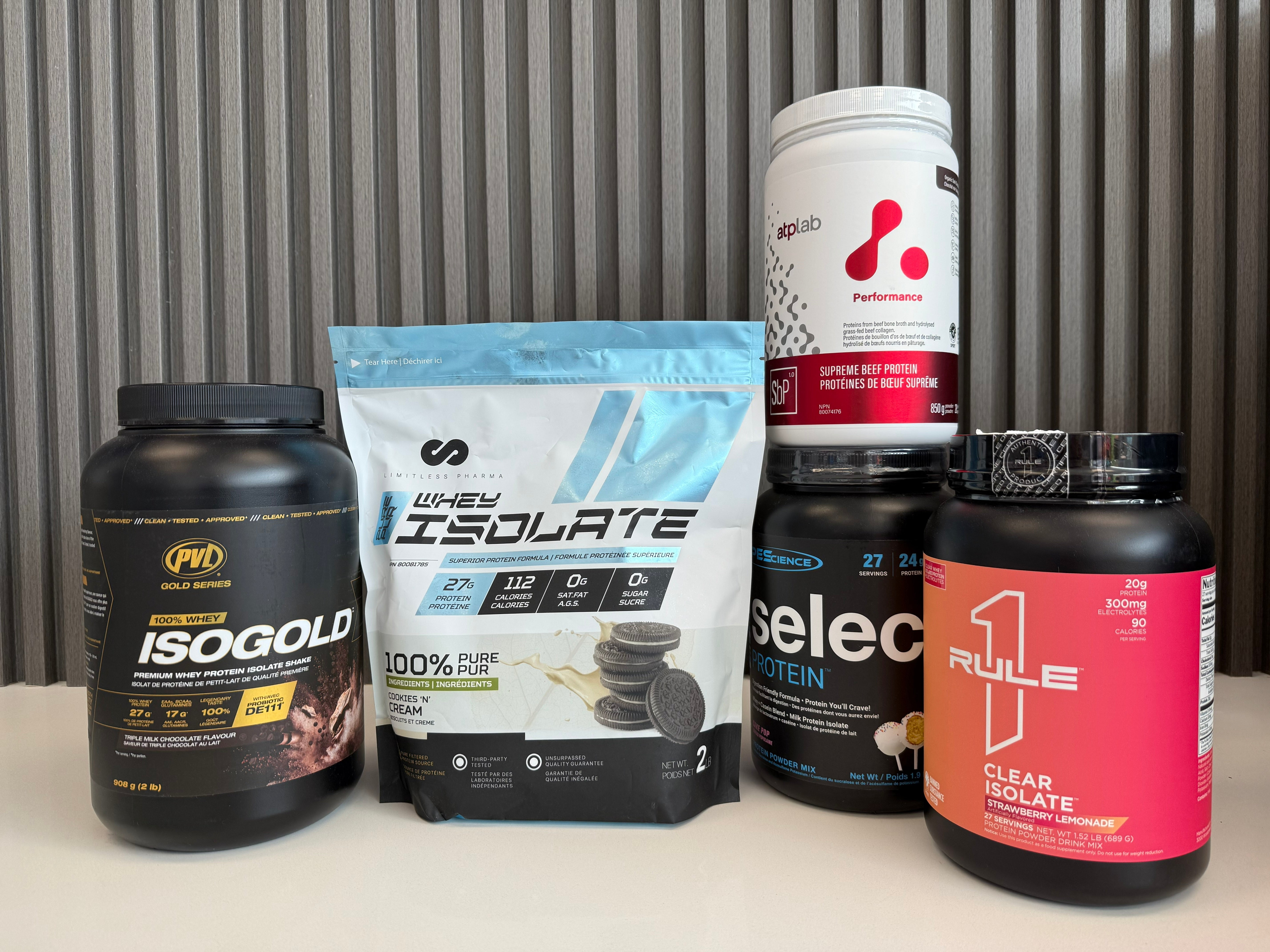
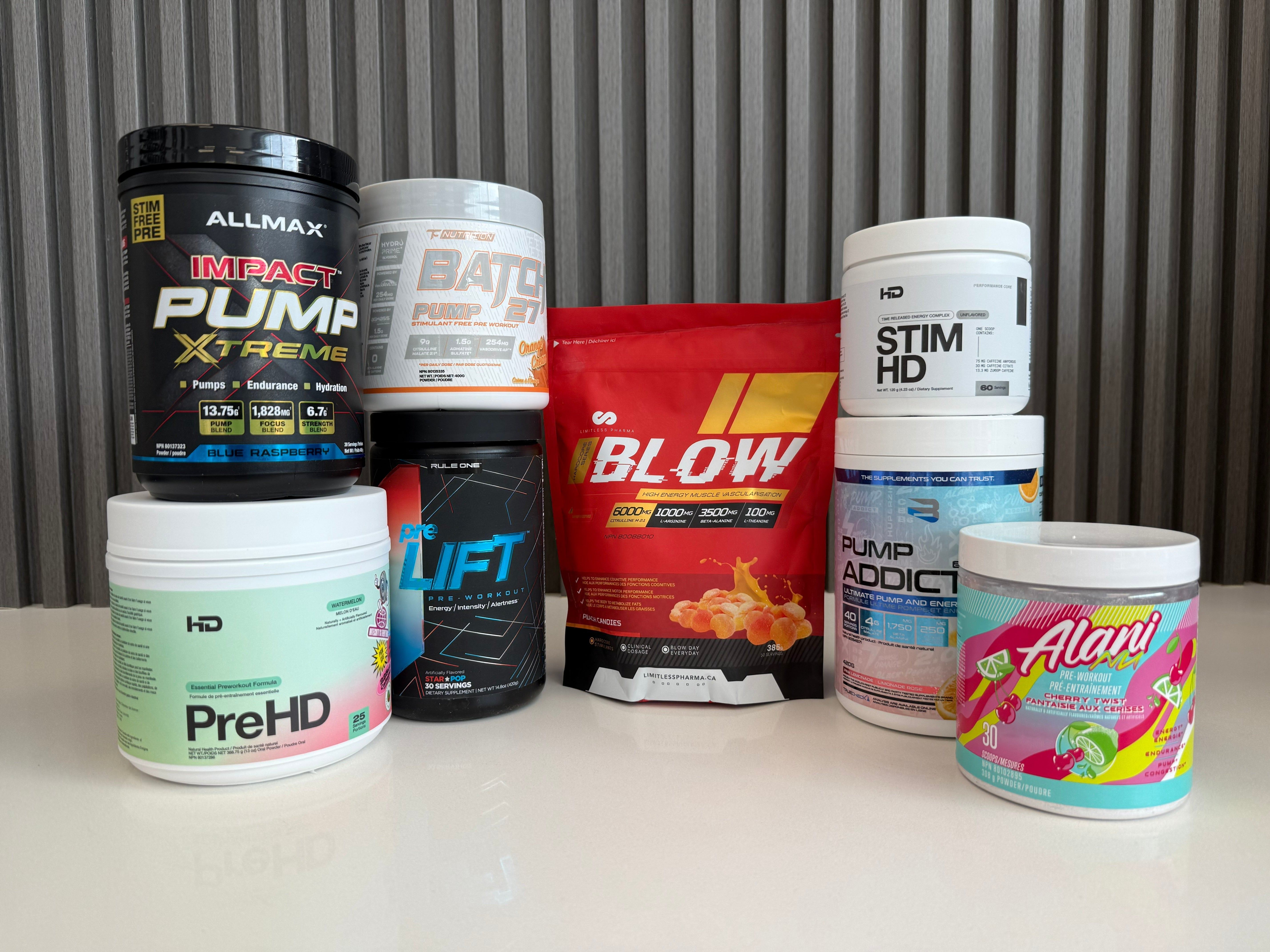

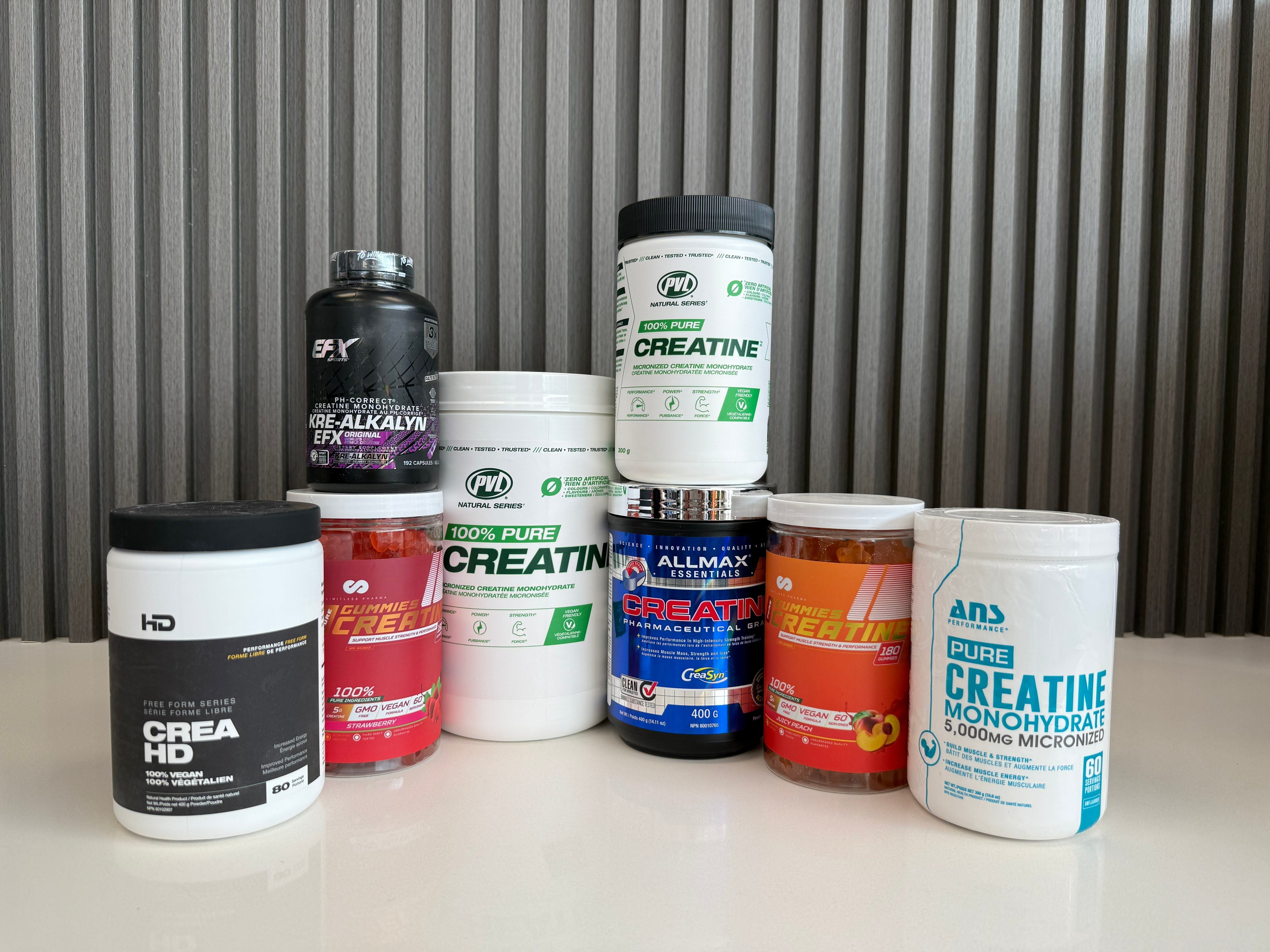
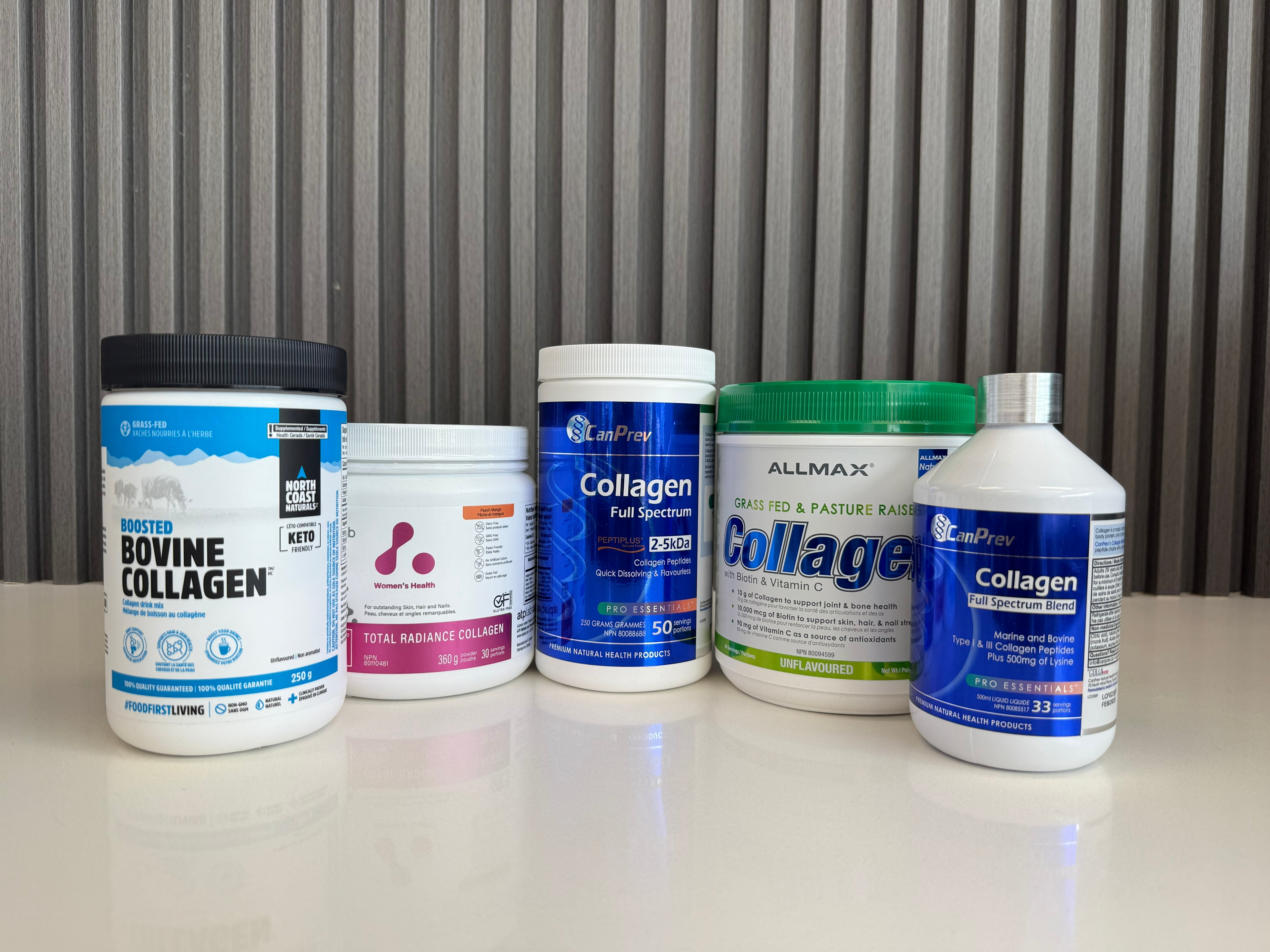
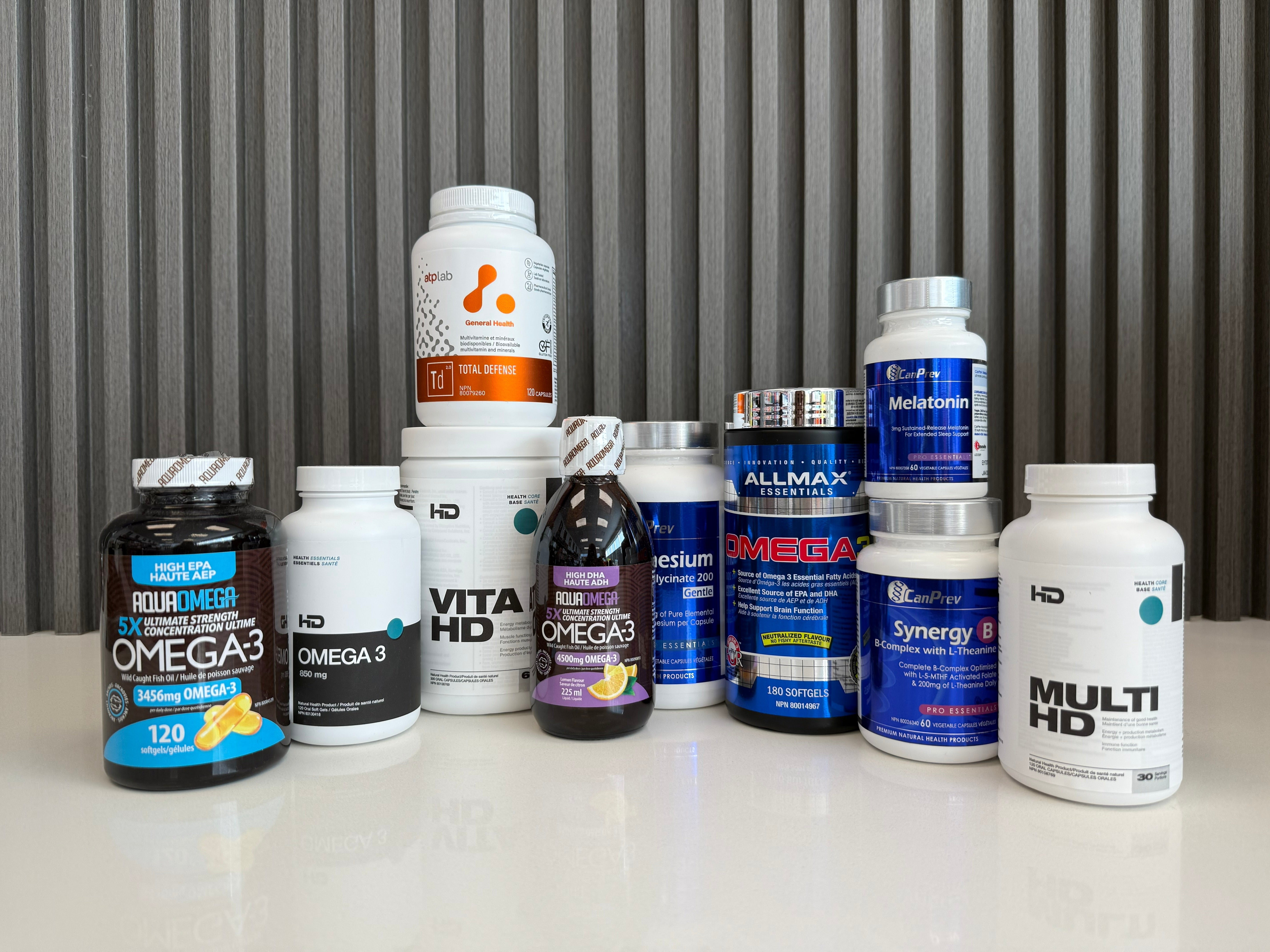
Leave a comment
All comments are moderated before being published.
This site is protected by hCaptcha and the hCaptcha Privacy Policy and Terms of Service apply.